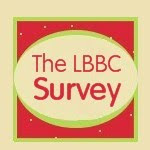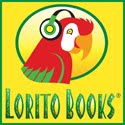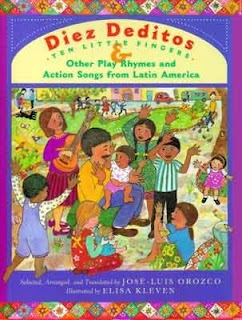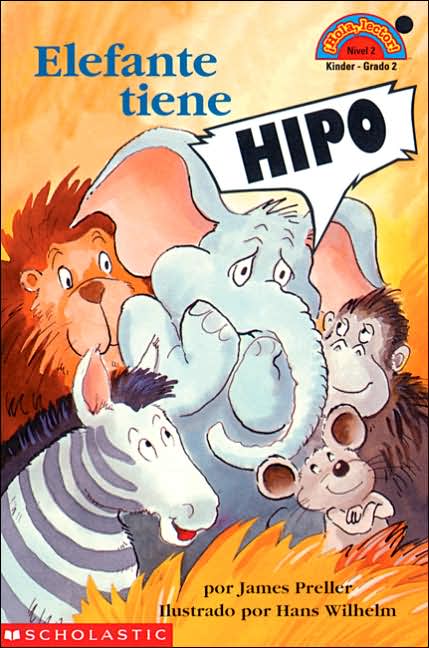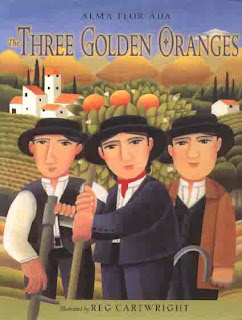
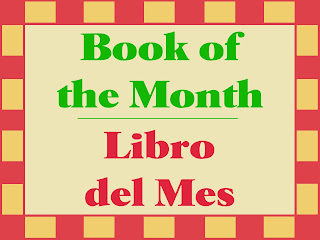
By Monica Brown
Illustrated by John Parra
To complement Violeta's post and Aurora's author interview later this month, we have chosen Monica Brown’s My Name is Gabriela/Me Llamo Gabriela as the LBBC’s recommendation for September’s Libro del Mes. Ms. Brown writes the lovely story of Gabriela Mistral’s life with poetic simplicity and full text in both English and Spanish.
Told in the first person, My Name is Gabriela describes Gabriela’s life – from her childhood dreams and personality to her adult accomplishments. Brown does a great job of writing the story in such a way that young children are able to relate to the young and imaginative Gabriela. This book is perfect for inspiring children to use their imaginations and encouraging them to learn to read and write. Brown writes,
"I liked to play school with the children of my village…Pedro would say that I was mean because I made him write his ABCs until he knew all the letters of the alphabet. But I told him that the alphabet is important. How else would he create words and tell his stories without it?"
It is an excellent tribute to the Chilean born poet who began teaching at the young age of 15 and subsequently traveled all over the world in an effort to improve schools. She was inspired by her travels and wrote many stories during this time. Gabriela Mistral is her nom de plume. She was actually born Lucila de María del Perpetuo Socorro Godoy Alcayaga – Whew! Mistral is a wonderful role model for young children because she was so passionate about learning and writing. She is noted for the many contributions she made to the education system of Latin America. Mistral finally received the recognition she so richly deserved in 1945 when she became the first Latin American writer to receive the Nobel Prize for Literature. A prolific writer, she published more than 30 collections of poetry during her lifetime. I would highly recommend this book as a great introduction to biographies for children. It is not too heavy for young ears, and is descriptive enough to keep their attention.
If you would like to buy your own copy of My Name is Gabriela/Me Llamo Gabriela, please click here. Or you can follow the link in our sidebar to the LBBC’s on-line store. We have both new and gently used copies available.



